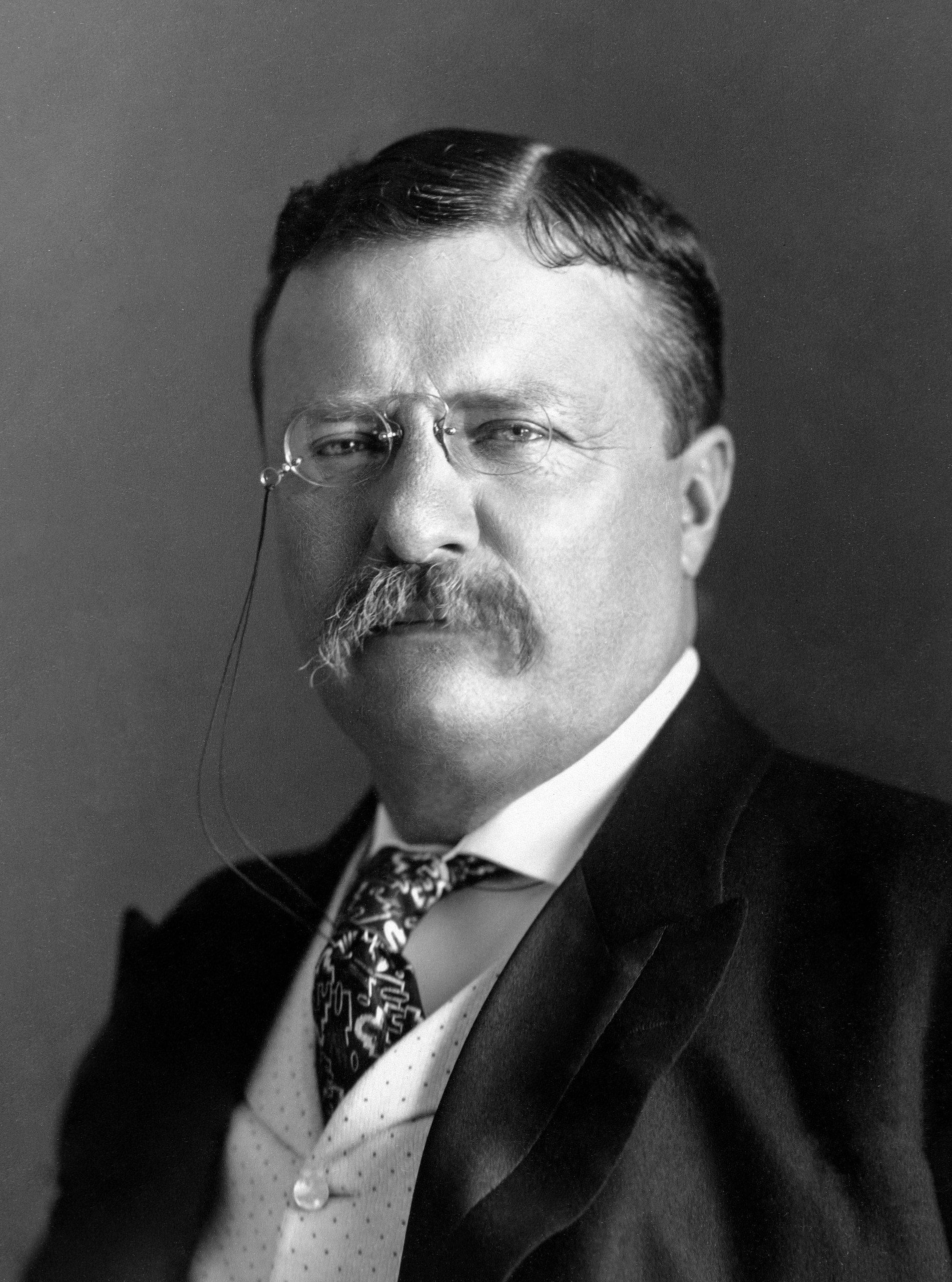Theodore Roosevelt, the 26th President of the United States, was a passionate advocate for conservation and the preservation of natural resources. During his presidency from 1901 to 1909, Roosevelt implemented a number of policies and initiatives to protect the environment and ensure the sustainable use of natural resources.
One of Roosevelt's most notable conservation efforts was the creation of the U.S. Forest Service, which was responsible for the management and protection of federal forest lands. Roosevelt also established 150 national forests, 51 federal bird reservations, 4 national game preserves, and 5 national parks, including the iconic Yellowstone National Park.
In addition to protecting land, Roosevelt also worked to preserve the nation's water resources. He signed the Reclamation Act, which provided funding for the construction of dams and irrigation systems in the western United States. This helped to bring water to dry regions, allowing for the development of agriculture and industry in these areas.
Roosevelt also recognized the importance of preserving wildlife and worked to protect various species through the creation of national parks and game reserves. He signed the Antiquities Act, which allowed the President to designate national monuments and protect areas of cultural and historical significance. This act was used to protect sites such as the Grand Canyon and the Petrified Forest.
Roosevelt's efforts to conserve natural resources and protect the environment had a lasting impact on the United States. His actions set a precedent for future presidents and laid the foundation for the modern conservation movement. Today, his legacy lives on in the many protected lands and natural resources that are enjoyed by people all over the country.


